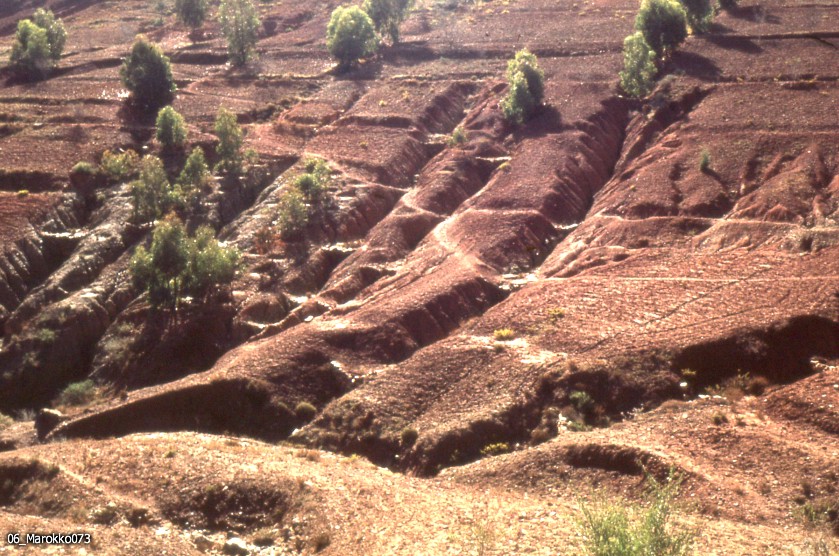Deforestation is the clearing of forests or trees by humans in order to use the trees and to make the land available for other uses. Deforestation involves clearing the trees without the intention to replant them.

Causes of deforestation.
Overpopulation: overpopulation leads to the demand for more land to establish settlements and housing. Increased population also causes an increased need for farmland to grow food and raise livestock. Roads and other infrastructure are also needed to accommodate a growing population.
Urbanization: construction of roads and other modern infrastructure leads to clearing of forest to create the required space.
Mining: increase of mining activities on forests contributes to deforestation. These mining projects are mostly accompanied by the construction of large infrastructures such as roads and railways.
Logging: a lot of industries require wood such as furniture and matchsticks. Also, wood is used as fuel, for example, in charcoal. Most cooking and heating is done using these resources, most of which are illegally removed from forest wood.

Expansion of Agricultural activities:there is an increased demand for agricultural resources with the world’s growing population. Farmers mostly clear for planting and animal keeping.
Effects of Deforestation.
Climate Imbalance: trees provide the required shade to keep the soil moist and release water vapour into the air. Lack of trees compromises this leading to an imbalance in the temperature.
Extinction of wildlife: most species are endangered as a result of deforestation, for example, rhinos and orangutans. Clearing forests leads to extreme temperatures that are harmful to plants and animals because it thins the forest canopy that blocks sun rays and holds in the heat at night.
Increase in greenhouse gases: trees utilize greenhouse gases creating a balanced atmosphere. Deforestation causes an increase in greenhouse gases in the atmosphere, which contributes to global warming.
Soil erosion: trees usually help in securing in place fertile soils. With cleared forests, erosion occurs and carries the topsoil into nearby water bodies.

Decreased rainfall: trees assist in returning water vapour into the atmosphere, which forms rain. Cutting of trees may lead to decreases rainfall or long periods without rain causing drought.
Control of Deforestation.
Regulation: deforestation can be controlled by employing rules and regulations to govern it. Clearing of forests can be banned.
Renewable sources of energy: renewable sources of energy such as solar and wind, may be used for warmth and fuel.
Reafforestation: planting trees in areas where they are being cleared can also be used as a means of control.
